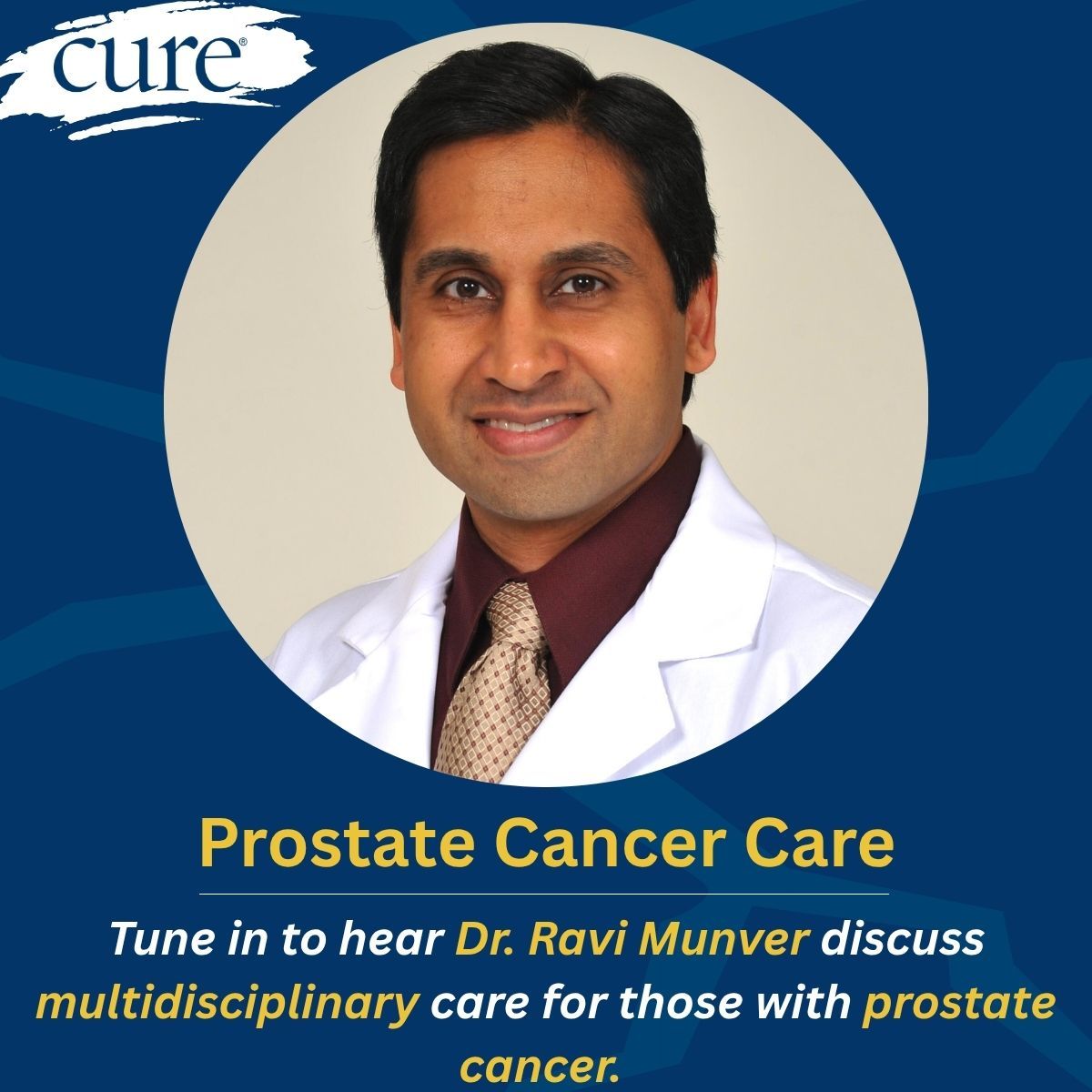Article
Liquid Biopsies Are Important in Lung Cancer, Expert Says
Author(s):
Liquid biopsies are quick, convenient and a crucial part of planning treatment for many patients with lung cancer, says Luis E. Raez, M.D.
Liquid biopsies, such as plasma- and urine-based assays, are able to detect mutations in patients with non-small cell lung cancer (NSCLC), playing a crucial role in treatment planning for these patients, says Luis E. Raez, M.D.
The liquid biopsies, he says, provide a more convenient and quicker alternative to the standard tissue biopsy. And, if a target is detected, physicians can line up a number of available therapies to begin treatment.
The emergence of liquid biopsies is not the only notable advance in NSCLC, says Ruiz. The explosion of targeted agents and immunotherapies has drastically enhanced treatment options in the field, and researchers are actively working on identifying more targets to hopefully one day be able to eliminate chemotherapy.
Please discuss the emergence of liquid biopsies in lung cancer.
In an interview, Raez, medical director of Memorial Cancer Institute, Memorial Healthcare System discussed the significance of liquid biopsies in lung cancer, as well as other breakthroughs and remaining challenges in the field.Nowadays, the therapy for lung cancer is based on targets. We have been very lucky in that we don’t give chemotherapy widespread anymore. Now, we target the tumor. The main goal now is to identify a target for a patient’s lung cancer tumor.
In that regard, it is very important to do biopsies. However, the biopsies are not easy, because every time you put in a needle, you cause pneumothorax and discomfort.
There are times when it doesn't seem that there is enough tissue available.
That’s why I spoke today about liquid biopsies. We start from the blood or urine, and we can get the same information that we get from the tissue. That is the advantage of the liquid biopsies technology as an alternative to the conservative tissue biopsy. It’s less costly, less painful, and is better for the quality of life of the patients and gives us a lot of information.Yes, that is a very important point. The first biopsy is always the standard because you don’t know what tumor a patient has; you have to put a needle in to see. A lot of times, there is not enough tissue. That is why the liquid biopsies are an alternative; there are numerous times that you can draw blood and give urine samples. That is the benefit of the liquid biopsies compared with tissue.
The other benefit is that the liquid biopsies can be done serially. The only way that I would know that a patient is doing better or worse is by looking at their pictures—measuring the pictures of the patient with CT or PET scans. We try to predict if the patient is getting better or worse based on shrinking or increasing changes in size. Now, liquid biopsies give the possibility to measure how much tumor a patient carries in their blood. If we are successful, we are getting rid of the tumor; if we’re not successful, then there is more of the tumor in their blood. That’s probably more accurate than taking pictures.
What is most anticipated about the future of this field?
For the benefit of the patient, it is also less radiation exposure. When you think of having these CT scans or PET scans, it is associated with a lot of radiation. Liquid biopsies bring the opportunity to do a more sophisticated, scientific tracking of the tumors with less harm for the patients. We are very excited, now that we have targeted therapy—this therapy based on markers. We’re very excited that we now have immunotherapy—this idea that your own body gets enhanced to fight the cancer. These are the two greatest developments in lung cancer in many years. It makes us very happy.
We used to use chemotherapy only. Chemotherapy controls the cancer, but you lose your hair, are nauseous, have kidney damage, etc. Now that we have targeted therapy, it’s a rational therapy. First, you identify the specific tumor and which marker it is—and the marker is a target. We have five pills for five specific targets. When you identify the marker for EGFR, for example, we have three pills that target the marker. They kill the tumor and damage the tumor with minimal toxicities. It’s a scientific approach that we unfortunately only discovered 10 years ago after enduring 40 years of chemotherapy.
Therefore, we are excited now. We will be spending the rest of our lives trying to discover the other 80 percent of targets to be able to get rid of chemotherapy. We are making personalized medicine, with [eventually] no more chemotherapy for all of the patients. Only 20 percent of patients get these targeted therapies, but our hope is to spend the next few years discovering the other 80 percent. That is a big field. The future [treatment options] will expand from 20 percent to 100 percent.
The other big discovery is immunotherapy. We enhanced the immune system so that a patient’s own immune system kills the cancer. In the patients who get lung cancer, the cancer shuts down the immune system. In immunotherapy, we attack and we block the mechanism so that the cancer is unable to shut down the immune system. Of course, the toxicity is minimal.
What are some of the remaining challenges?
In that area, we now have three new drugs for lung cancer and there are more drugs in development. You can argue which one to use when, but immunotherapy can change the face of lung cancer over the next year.None of these treatments are 100 percent successful. It’s amazing how smart the tumors are. It’s philosophical thinking. For some patients, we have the pill to target the receptor. After one year, although you kill a lot of tumor, it learns how to become resistant to therapy. That’s amazing—it’s as if the tumor is alive and intelligent. What we do is engineer a second wave of targeted therapy, so we attack the tumor for the second time. One year later, the tumor becomes intolerant and resistant again. That’s the part we still have to figure out. We are prolonging life for now, but that’s the goal.
It’s the same with immunotherapy. We teach our immune system how to fight itself. We shut down the tumor so it cannot block the immune system but, after 10 months to one year, the tumor becomes smart again and shuts down the immune system. We have to overcome the intolerance of the tumors. It’s similar to infectious disease. You have amazing antibiotics and then the bacteria become resistant. So, you have to give another antibiotic until it becomes resistant.




